Home>Gardening & Outdoor>Landscaping Ideas>How To Kill Grass Stickers
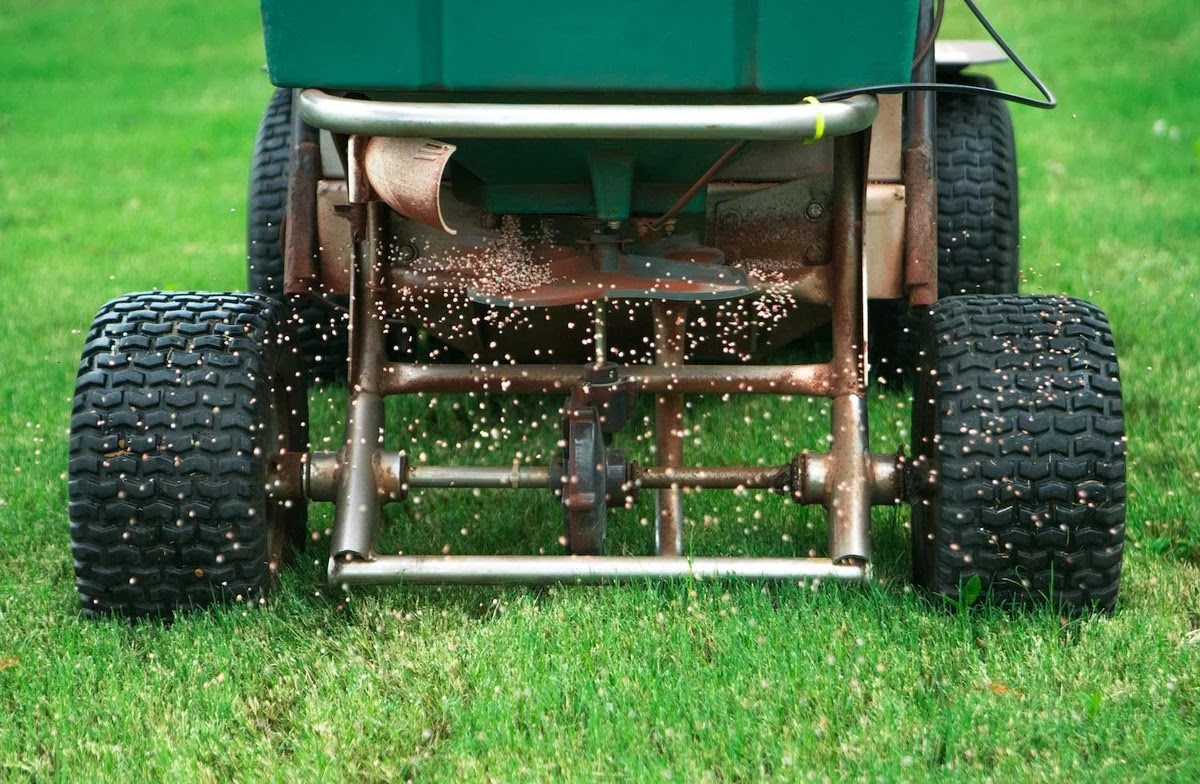

Landscaping Ideas
How To Kill Grass Stickers
Modified: February 18, 2024
Learn effective landscaping ideas to get rid of grass stickers and create a beautiful, sticker-free outdoor space. Explore expert tips and techniques for killing grass stickers.
(Many of the links in this article redirect to a specific reviewed product. Your purchase of these products through affiliate links helps to generate commission for Storables.com, at no extra cost. Learn more)
Introduction
Dealing with pesky grass stickers can turn a relaxing stroll through your yard into a painful experience. These prickly invaders, also known as sand burrs or grass burrs, can quickly take over a once-lush lawn, making outdoor activities uncomfortable and even hazardous. However, with the right strategies and a bit of elbow grease, you can effectively eliminate and prevent the return of these troublesome plants.
In this comprehensive guide, we will explore various methods for eradicating grass stickers, from manual removal to chemical control. Additionally, we will delve into the crucial steps for preventing these prickly nuisances from making a comeback, allowing you to reclaim your outdoor space and enjoy it to the fullest.
So, if you're tired of tiptoeing around your yard to avoid painful encounters with grass stickers, read on to discover the most effective ways to banish these unwelcome intruders and restore your outdoor haven.
Key Takeaways:
- Say goodbye to painful encounters with grass stickers by understanding their behavior and implementing manual removal or chemical control methods.
- Prevent the return of grass stickers by maintaining a healthy lawn, addressing soil issues, and staying vigilant against potential infestations.
Read more: What Are Stickers In The Grass
Understanding Grass Stickers
Grass stickers, scientifically known as Cenchrus echinatus, are annual grasses that thrive in warm-season climates. These troublesome plants produce small, spiky seed heads that can easily attach to clothing, fur, and skin upon contact, causing discomfort and irritation. The seeds are encased in tiny, sharp burrs that can be quite challenging to remove once they become embedded in fabric or flesh.
These resilient plants often take hold in neglected or overgrazed areas, as well as in lawns with sparse grass coverage. Their ability to thrive in poor soil conditions and withstand drought makes them particularly troublesome for homeowners and gardeners seeking a lush, uniform lawn.
Grass stickers typically germinate in the spring and rapidly spread throughout the summer months, making them a persistent nuisance for property owners. Their rapid growth and prolific seeding can quickly lead to an infestation, transforming a once-pristine lawn into a minefield of painful prickles.
It’s important to note that grass stickers not only pose a threat to human and animal comfort but also detract from the aesthetic appeal of outdoor spaces. Their presence can hinder outdoor activities and diminish the overall enjoyment of lawns, parks, and recreational areas.
By gaining a deeper understanding of the nature and behavior of grass stickers, property owners can effectively combat these unwelcome intruders and create a more inviting and comfortable outdoor environment for themselves and their families.
Identifying Grass Sticker Infested Areas
Recognizing the signs of a grass sticker infestation is crucial for implementing targeted eradication and prevention measures. Whether you’re dealing with a small residential lawn or a larger outdoor space, identifying the areas affected by grass stickers is the first step toward reclaiming a comfortable and inviting environment.
One of the most telltale signs of a grass sticker infestation is the presence of prickly seed heads scattered throughout the lawn. These seed heads, often resembling miniature burrs, can be easily spotted among the grass blades, especially in areas with sparse vegetation. Additionally, if you notice an increase in prickly encounters while walking or playing in your yard, it’s likely that grass stickers have taken root and spread.
Furthermore, closely inspect areas with poor soil quality, as grass stickers tend to thrive in such environments. Overgrazed pastures, neglected lawns, and dry, compacted soil provide the ideal conditions for these resilient plants to take hold and proliferate. By identifying and focusing on these vulnerable areas, you can effectively target your eradication efforts and prevent the spread of grass stickers to healthier sections of your outdoor space.
It’s important to note that grass stickers can also invade recreational areas, such as sports fields, parks, and playgrounds, posing a threat to the enjoyment and safety of those who frequent these spaces. Regular inspection and proactive measures are essential for maintaining these areas and ensuring a pleasant experience for visitors.
By familiarizing yourself with the signs of a grass sticker infestation and conducting thorough assessments of your outdoor space, you can take proactive steps to address the problem and create a more comfortable and enjoyable environment for yourself, your family, and your guests.
Manual Removal of Grass Stickers
While the prospect of tackling a grass sticker infestation may seem daunting, manual removal methods can be highly effective, especially for smaller areas and localized patches. By rolling up your sleeves and investing some time and effort, you can significantly reduce the presence of these prickly invaders and restore the comfort and aesthetics of your outdoor space.
One of the most straightforward methods for manually removing grass stickers is hand-picking. Equipped with a sturdy pair of gloves, carefully comb through the affected areas, plucking the prickly seed heads from the grass. This method requires patience and attention to detail, as even a few overlooked seed heads can lead to a resurgence of the infestation.
For larger infested areas, a dethatching rake can be a valuable tool for dislodging and removing grass stickers. By vigorously raking the affected areas, you can dislodge the seed heads and minimize their presence in the lawn. Be sure to dispose of the collected seed heads promptly to prevent them from reseeding and perpetuating the problem.
In cases where grass stickers have taken root in particularly stubborn patches, hand weeding may be necessary. Using a handheld weeder, carefully extract the entire plant, including the roots, to prevent regrowth. This targeted approach can be labor-intensive but is essential for addressing persistent infestations and preventing the spread of grass stickers.
After manually removing the visible seed heads and plants, consider overseeding the affected areas with a dense, vigorous grass variety. This can help fill in any bare spots and compete with potential regrowth of grass stickers, creating a healthier and more resilient lawn.
By employing these manual removal techniques and staying diligent in your efforts, you can effectively reduce the presence of grass stickers and lay the groundwork for a more enjoyable and inviting outdoor space.
To kill grass stickers, apply a pre-emergent herbicide in early spring to prevent them from growing. You can also manually remove them by hand or use a post-emergent herbicide to kill existing plants.
Chemical Control of Grass Stickers
For widespread or persistent grass sticker infestations, chemical control methods can offer an effective solution for reducing their presence and preventing regrowth. When used responsibly and in accordance with product instructions, herbicides can target grass stickers while minimizing harm to desirable vegetation, allowing you to reclaim your outdoor space and enjoy a lush, sticker-free lawn.
Selective herbicides formulated specifically for controlling grassy weeds, such as grass stickers, can be applied to targeted areas to suppress their growth and limit their spread. These herbicides are designed to target grassy weeds while sparing broadleaf plants, preserving the overall health and aesthetics of your lawn.
Pre-emergent herbicides can be particularly effective for preventing the germination and establishment of grass stickers. By applying these herbicides before the seeds have a chance to sprout, you can disrupt their life cycle and reduce the likelihood of a widespread infestation. It’s important to apply pre-emergent herbicides at the appropriate time, typically in early spring before the seeds begin to germinate.
Post-emergent herbicides can be used to target existing grass sticker plants, effectively suppressing their growth and preventing them from producing new seed heads. When applying post-emergent herbicides, it’s crucial to follow the recommended application rates and timing to achieve optimal results while minimizing the impact on surrounding vegetation.
When using herbicides for grass sticker control, it’s essential to prioritize safety and environmental responsibility. Always read and follow the product label instructions, wear appropriate protective gear, and avoid applying herbicides on windy days to prevent drift. Additionally, consider alternative control methods for areas frequented by children, pets, or wildlife to minimize their exposure to chemicals.
By incorporating targeted herbicide applications into your lawn care regimen, you can effectively combat grass stickers and create a more comfortable and visually appealing outdoor environment for yourself and your family to enjoy.
Read more: How To Kill Crabgrass
Preventing Grass Stickers from Returning
After successfully eliminating grass stickers from your outdoor space, implementing preventive measures is essential for thwarting their return and maintaining a healthy, sticker-free lawn. By incorporating proactive strategies into your lawn care routine, you can minimize the risk of future infestations and enjoy a more comfortable and aesthetically pleasing outdoor environment.
Regular mowing and proper lawn maintenance are key components of preventing grass stickers from regaining a foothold in your yard. Maintaining a consistent mowing schedule at the appropriate height for your grass species can promote dense, healthy turf that competes with and suppresses the growth of unwanted weeds, including grass stickers.
Improving soil quality and addressing underlying issues such as compaction and nutrient deficiencies can bolster the resilience of your lawn and reduce its susceptibility to grass sticker infestations. Consider aerating compacted soil, amending it with organic matter, and implementing a tailored fertilization regimen to promote vigorous grass growth and discourage weed encroachment.
Overseeding thin or bare areas with a high-quality grass seed blend can help fill in gaps and create a dense, uniform lawn that inhibits the establishment of grass stickers. Selecting grass varieties known for their resilience and aggressive growth can further fortify your lawn against weed intrusion, contributing to a more resilient and visually appealing outdoor space.
Regular inspection and prompt intervention are crucial for preventing the resurgence of grass stickers. Routinely assess your lawn for signs of weed encroachment, and promptly address any emerging grass sticker plants to prevent them from spreading and producing new seed heads. By staying vigilant and proactive, you can nip potential infestations in the bud and maintain a pristine outdoor environment.
Lastly, consider creating and maintaining defined borders and landscape edges to minimize the encroachment of grass stickers from adjacent areas. Installing physical barriers or creating clear delineations between your lawn and neighboring spaces can help prevent the spread of weed seeds and minimize the risk of reinfestation.
By integrating these preventive measures into your lawn care routine, you can effectively thwart the return of grass stickers and cultivate a resilient, lush lawn that enhances the beauty and enjoyment of your outdoor living space.
Conclusion
Dealing with grass stickers can be a frustrating and uncomfortable experience, but with the right approach, you can effectively rid your outdoor space of these prickly nuisances and create a more inviting and enjoyable environment. By understanding the nature of grass stickers and implementing targeted removal and prevention strategies, you can reclaim your lawn and ensure that it remains free from these persistent weeds.
Whether you opt for manual removal methods, such as hand-picking and dethatching, or turn to chemical control for widespread infestations, taking proactive steps to address the problem is essential for achieving long-term success. Additionally, integrating preventive measures, such as regular lawn maintenance, overseeding, and soil improvement, can fortify your lawn against future grass sticker encroachments, allowing you to enjoy a lush, healthy lawn free from prickly intruders.
It’s important to approach grass sticker control with a combination of persistence, patience, and a commitment to responsible lawn care practices. By staying vigilant and addressing the problem at its root, you can create a more comfortable and visually appealing outdoor space for yourself, your family, and your guests to savor.
Ultimately, by arming yourself with the knowledge and strategies outlined in this guide, you can confidently tackle grass sticker infestations and maintain a pristine lawn that enhances the beauty and enjoyment of your outdoor living area. With a proactive approach and a touch of perseverance, you can transform your outdoor space into a welcoming haven, free from the discomfort and frustration caused by these resilient and unwelcome intruders.
Frequently Asked Questions about How To Kill Grass Stickers
Was this page helpful?
At Storables.com, we guarantee accurate and reliable information. Our content, validated by Expert Board Contributors, is crafted following stringent Editorial Policies. We're committed to providing you with well-researched, expert-backed insights for all your informational needs.
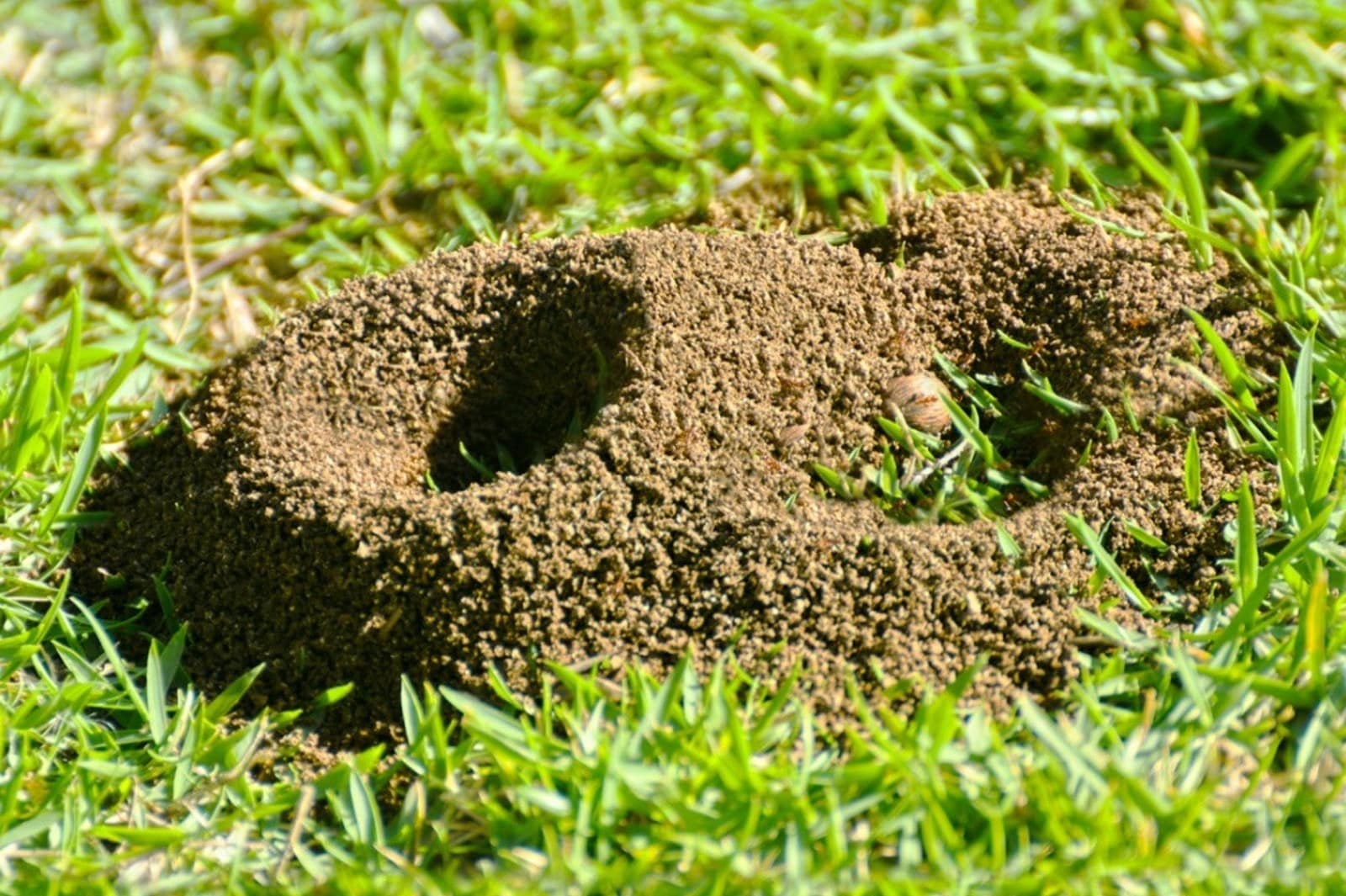
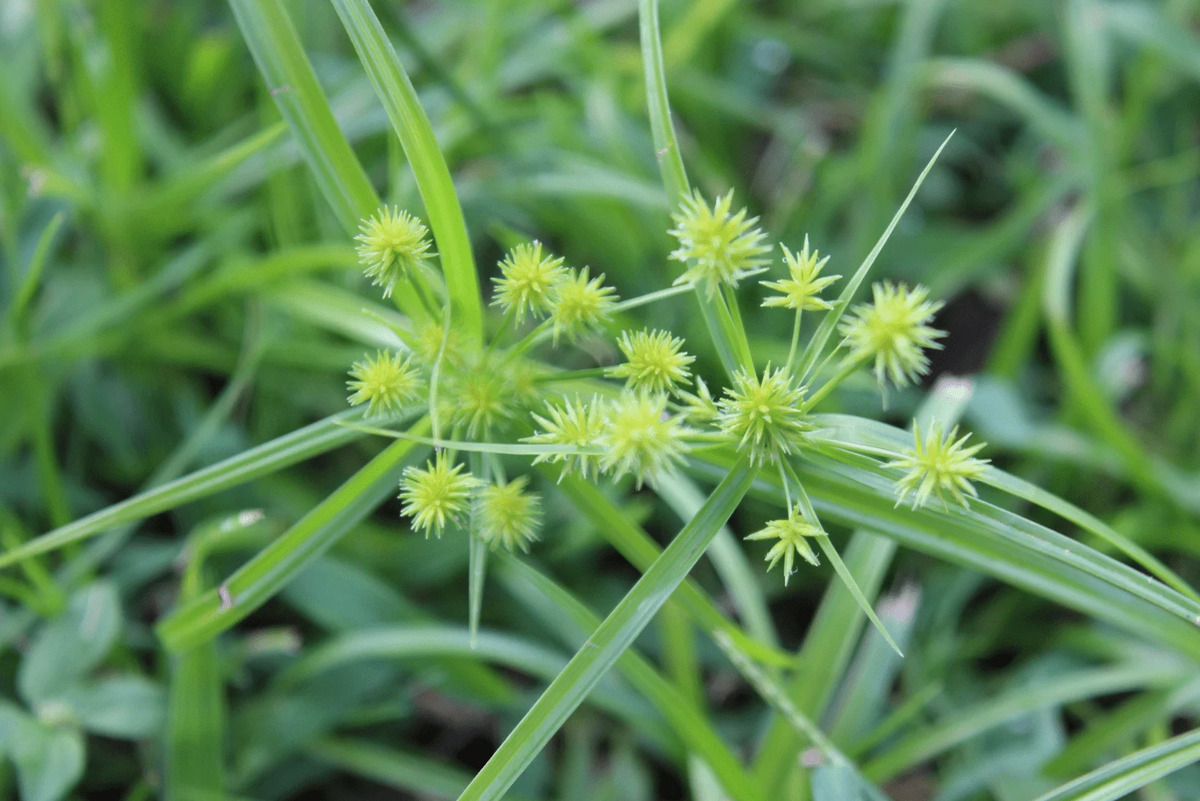
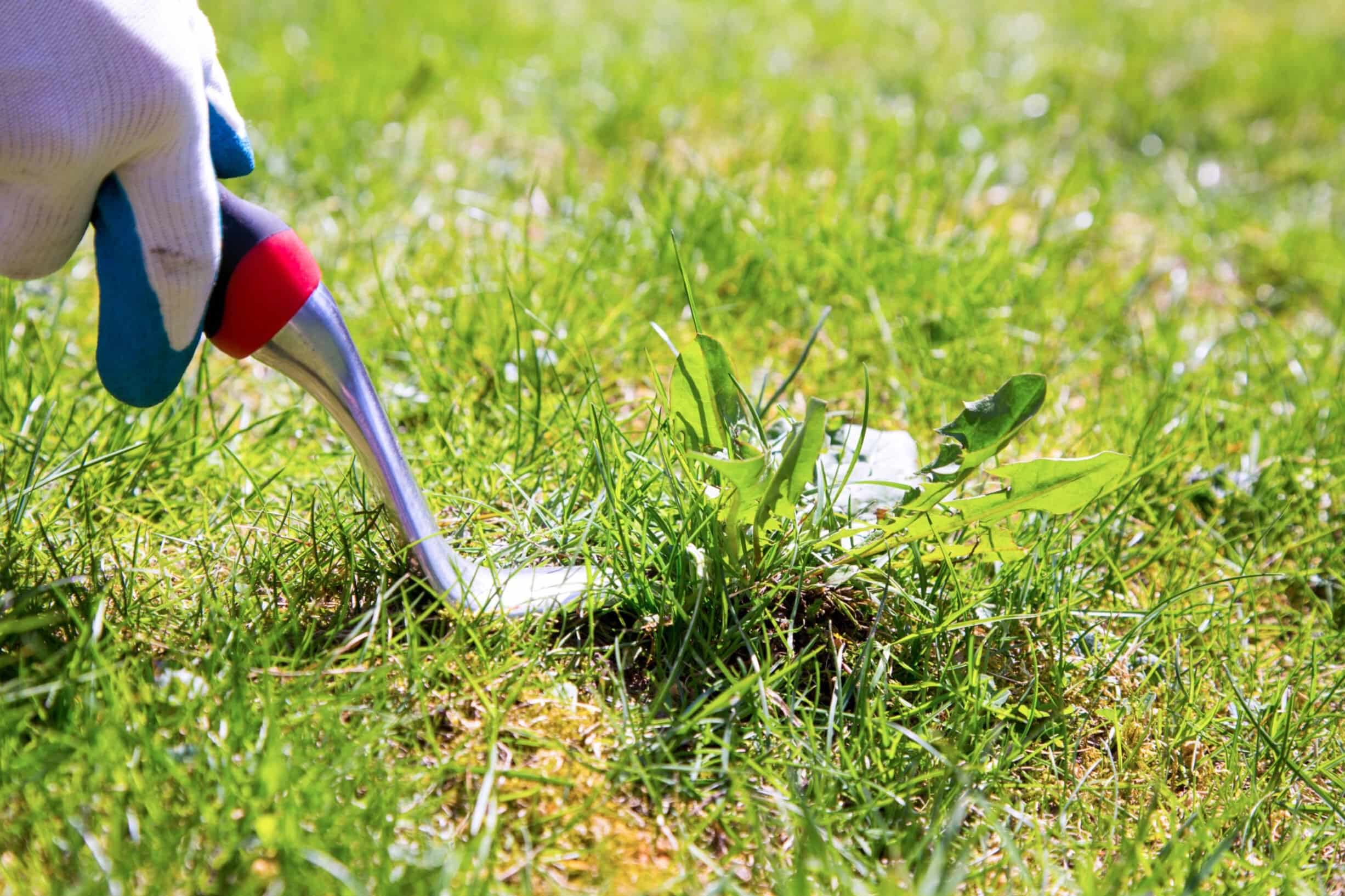

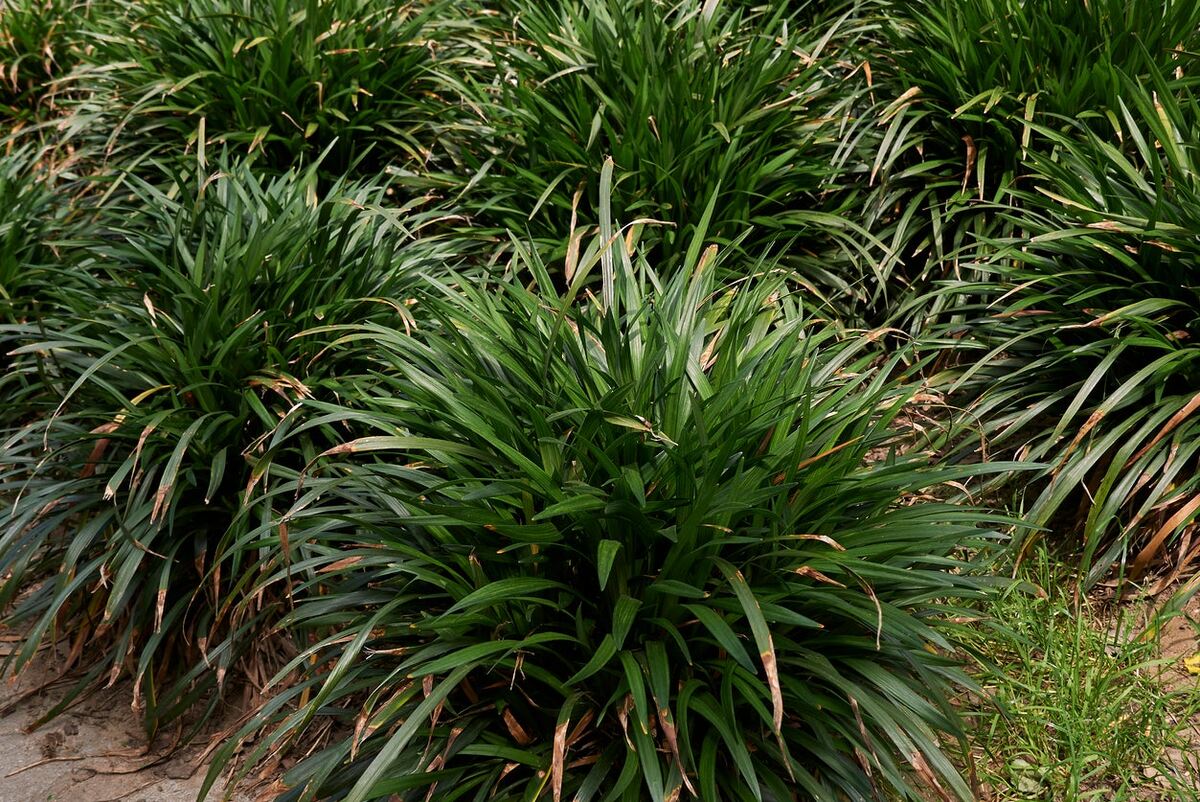
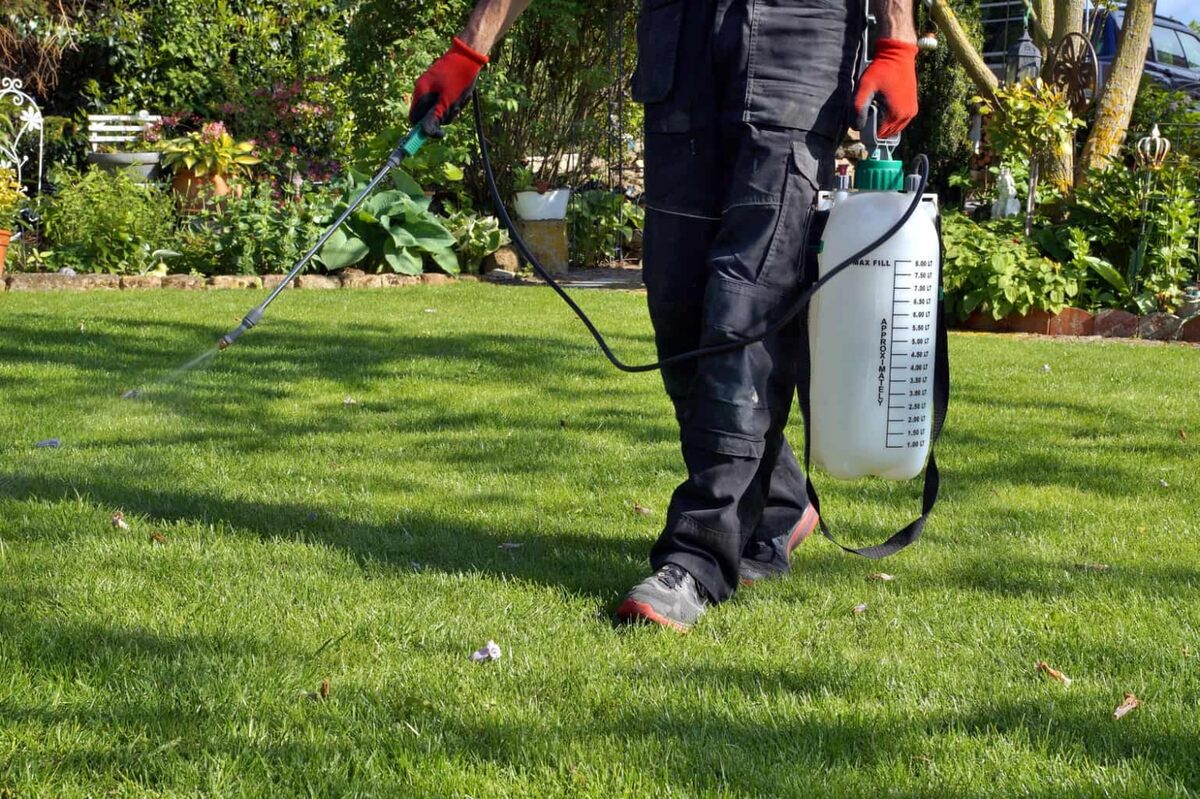
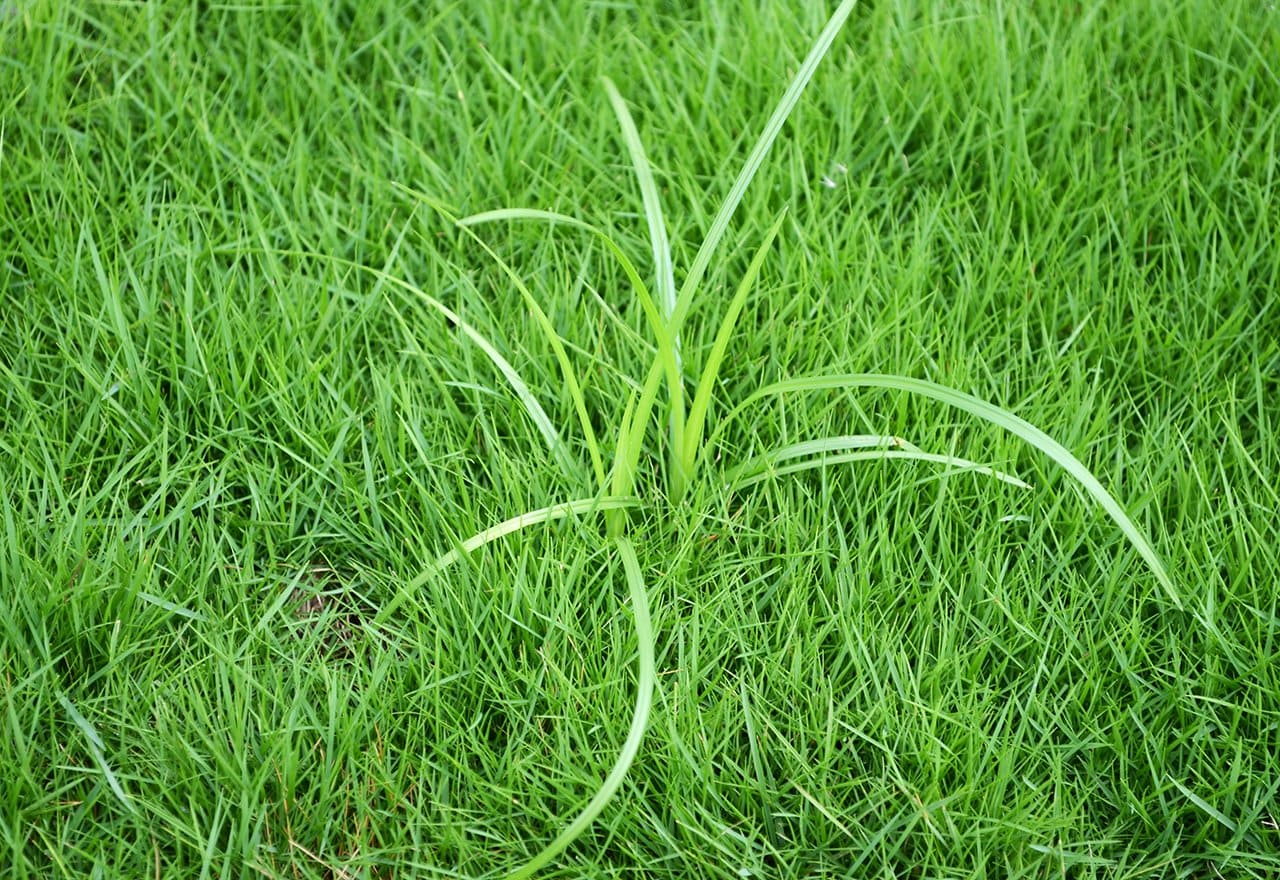
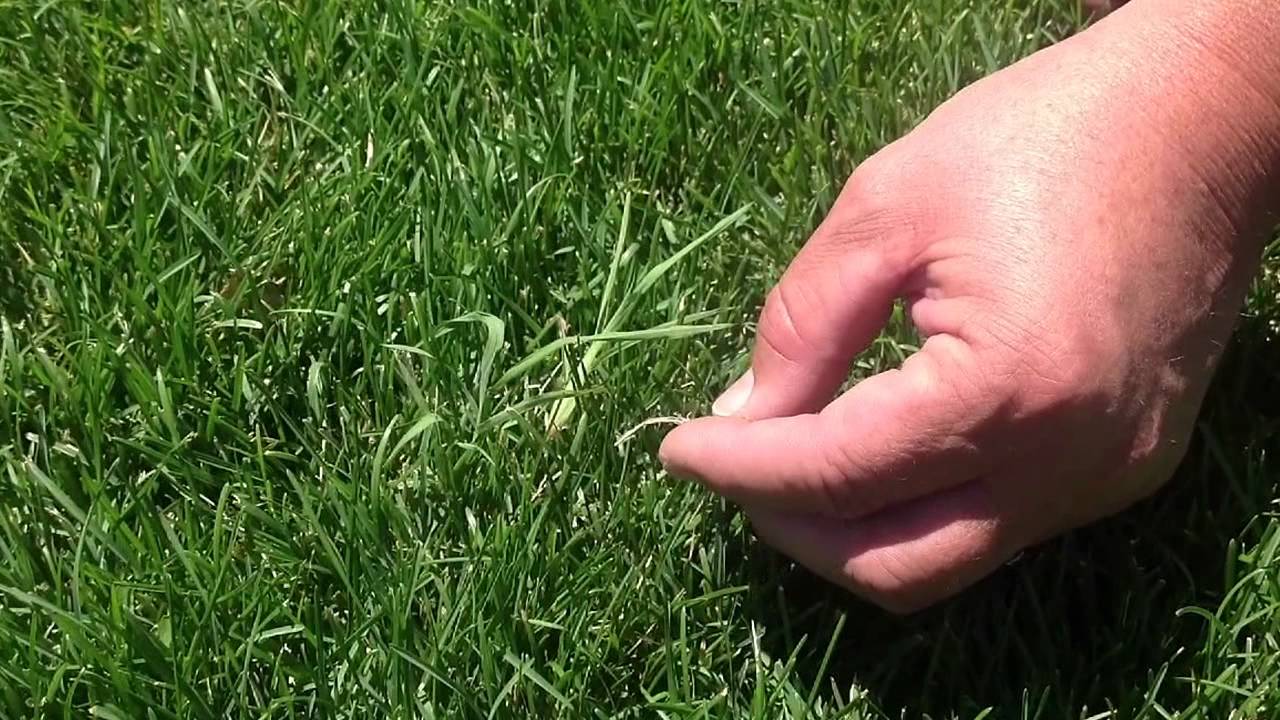
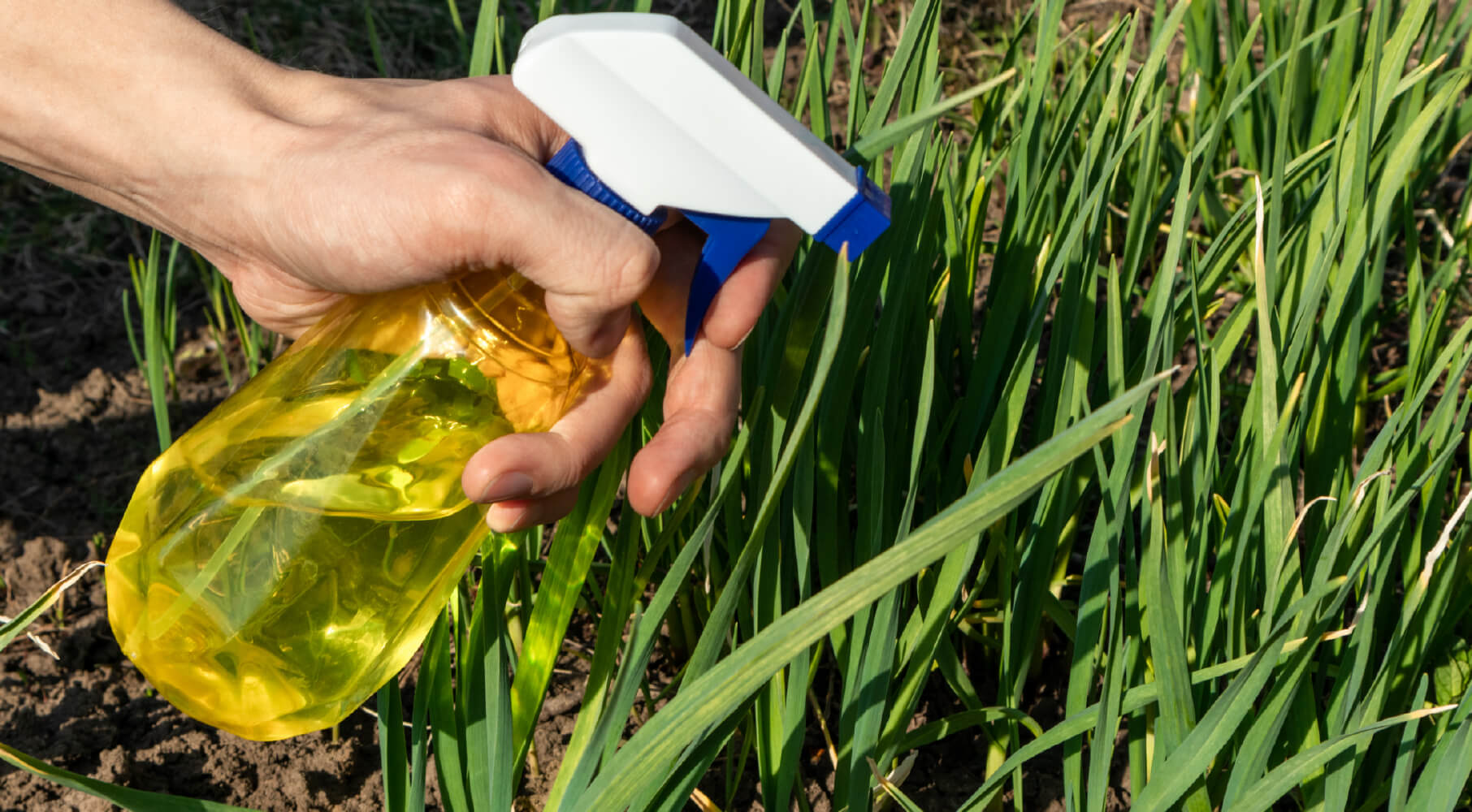
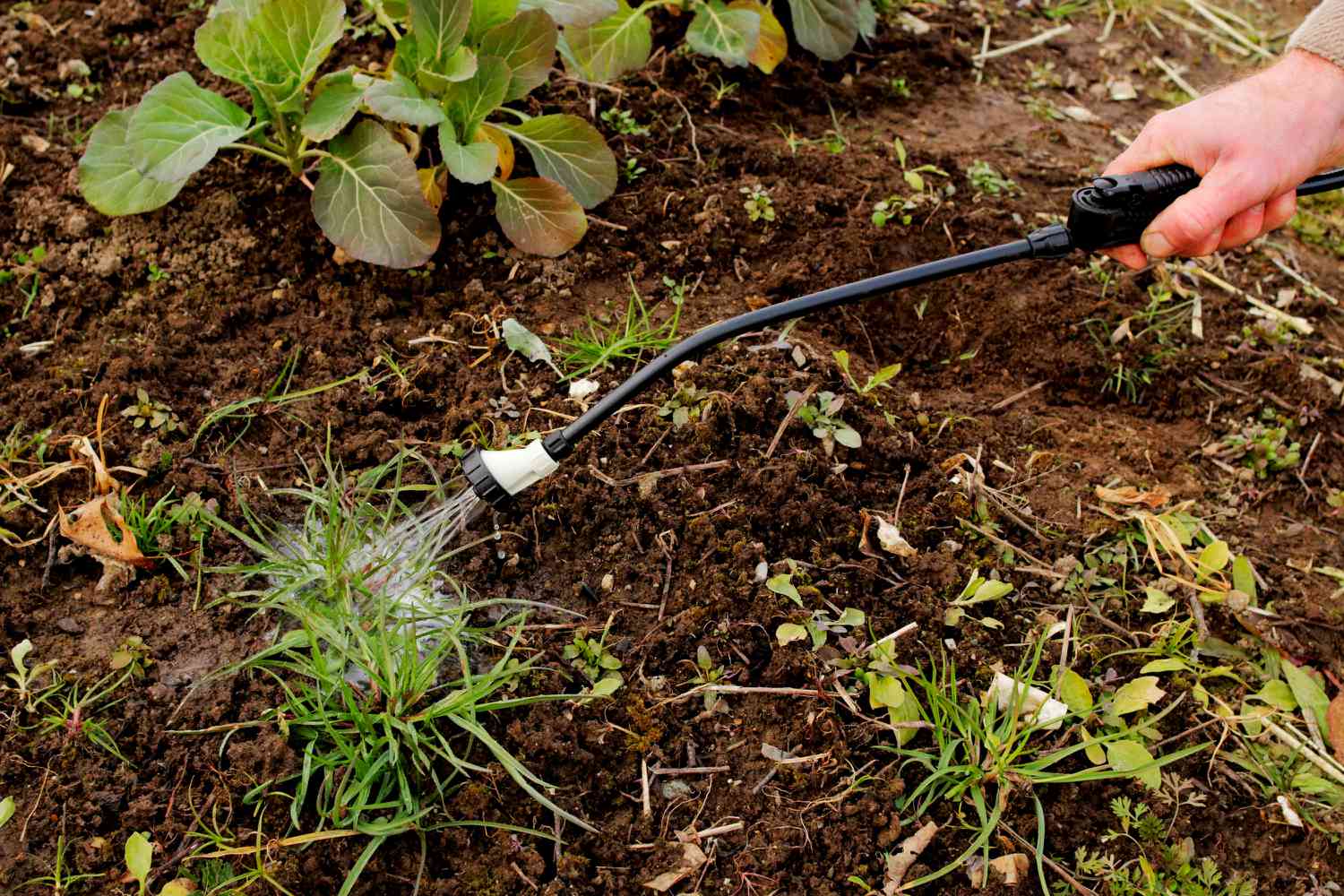
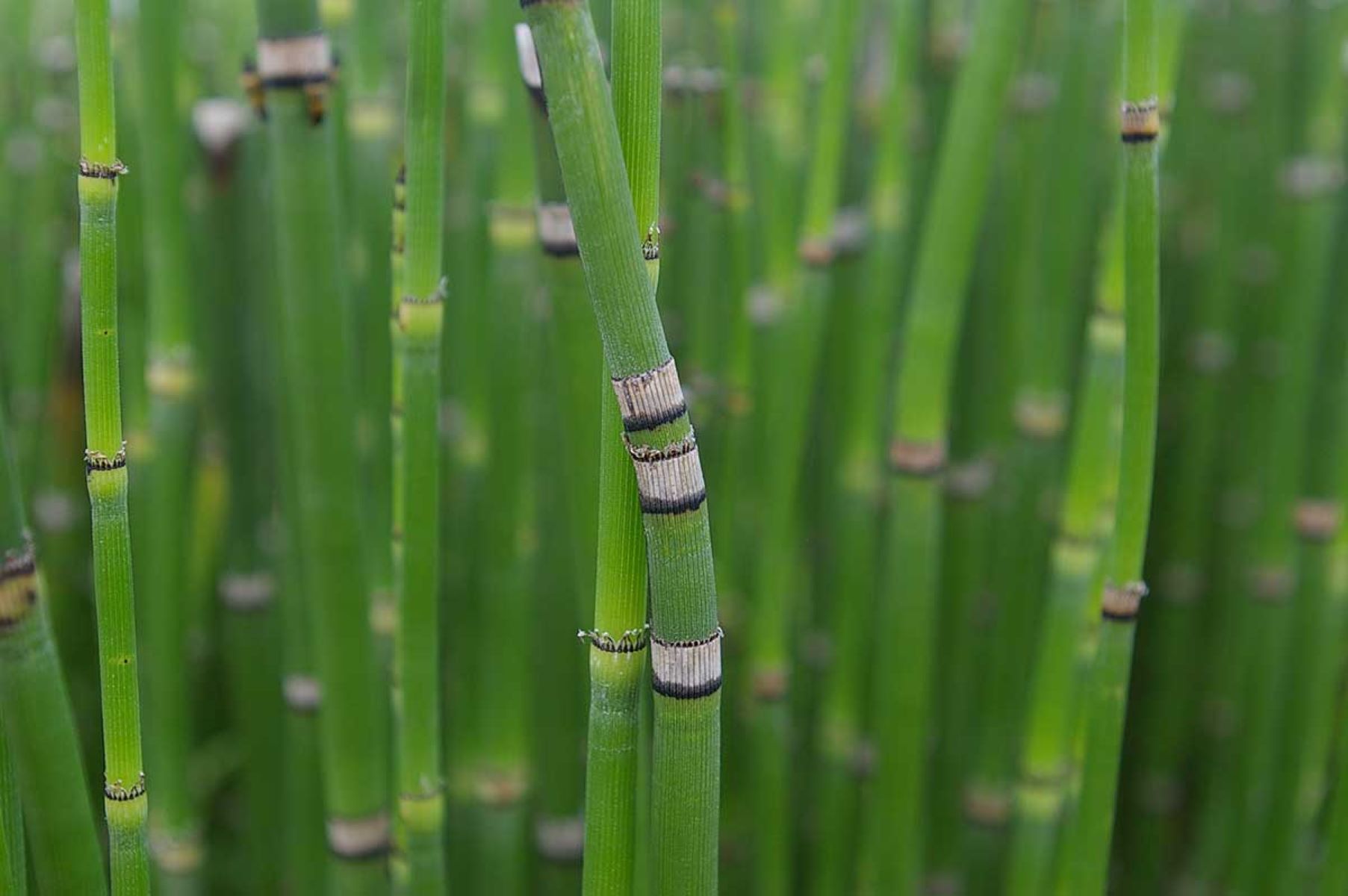
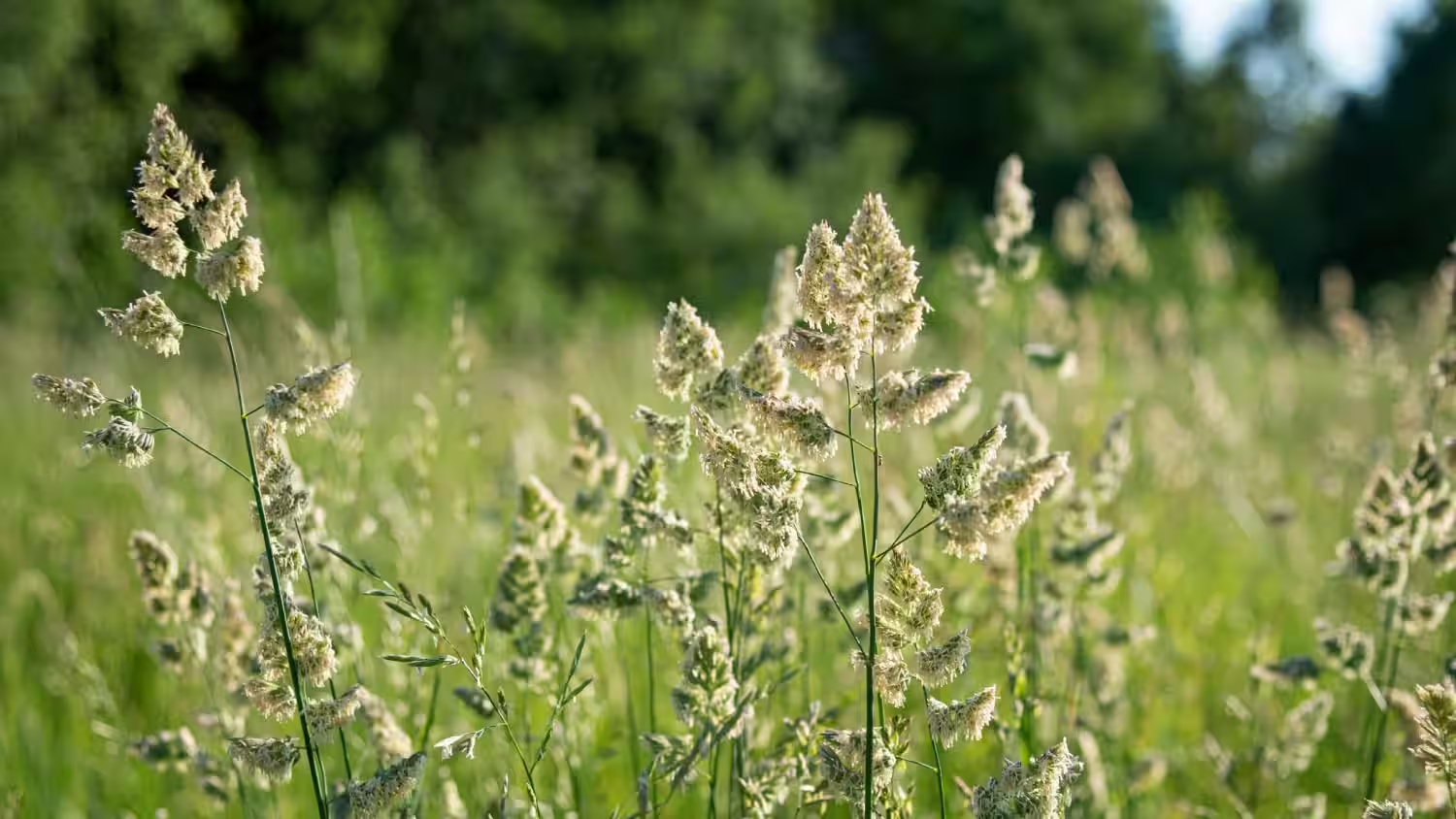
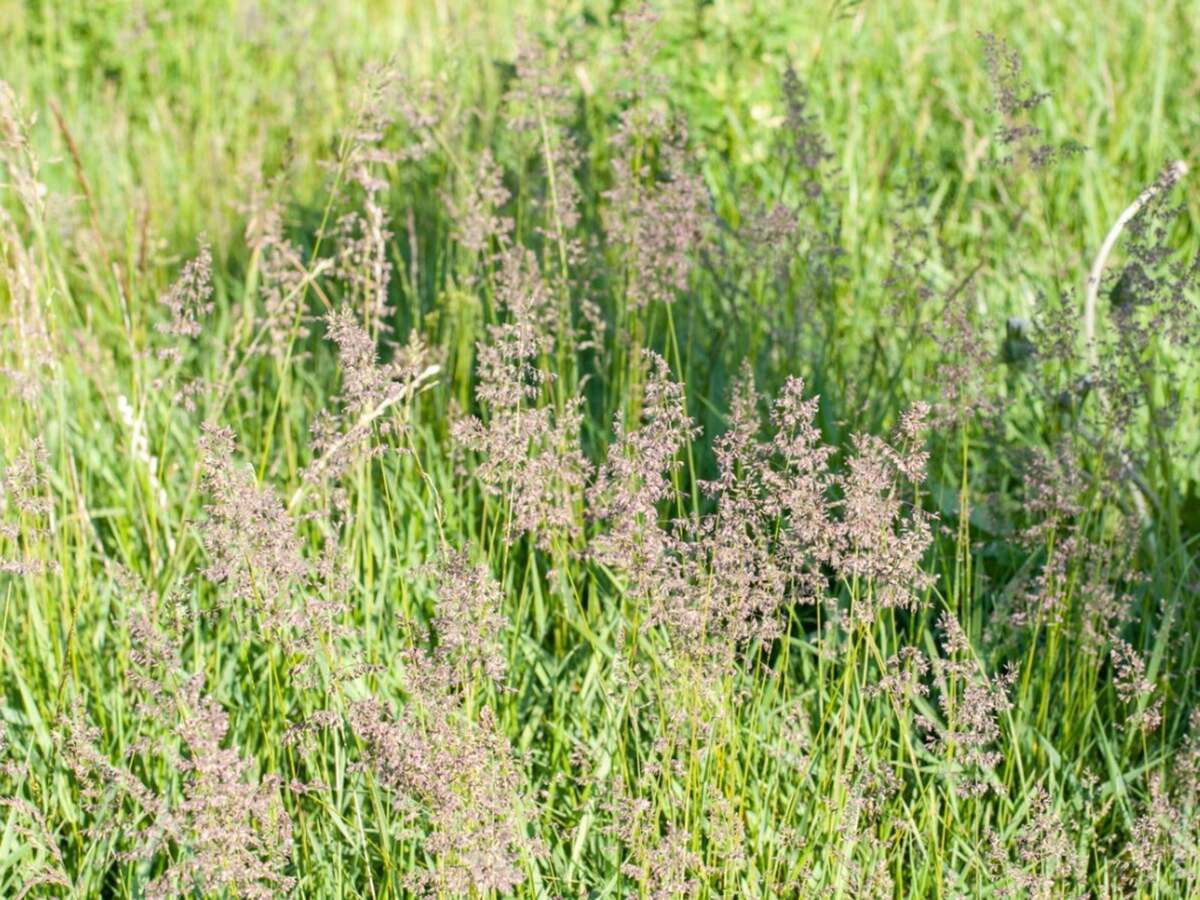
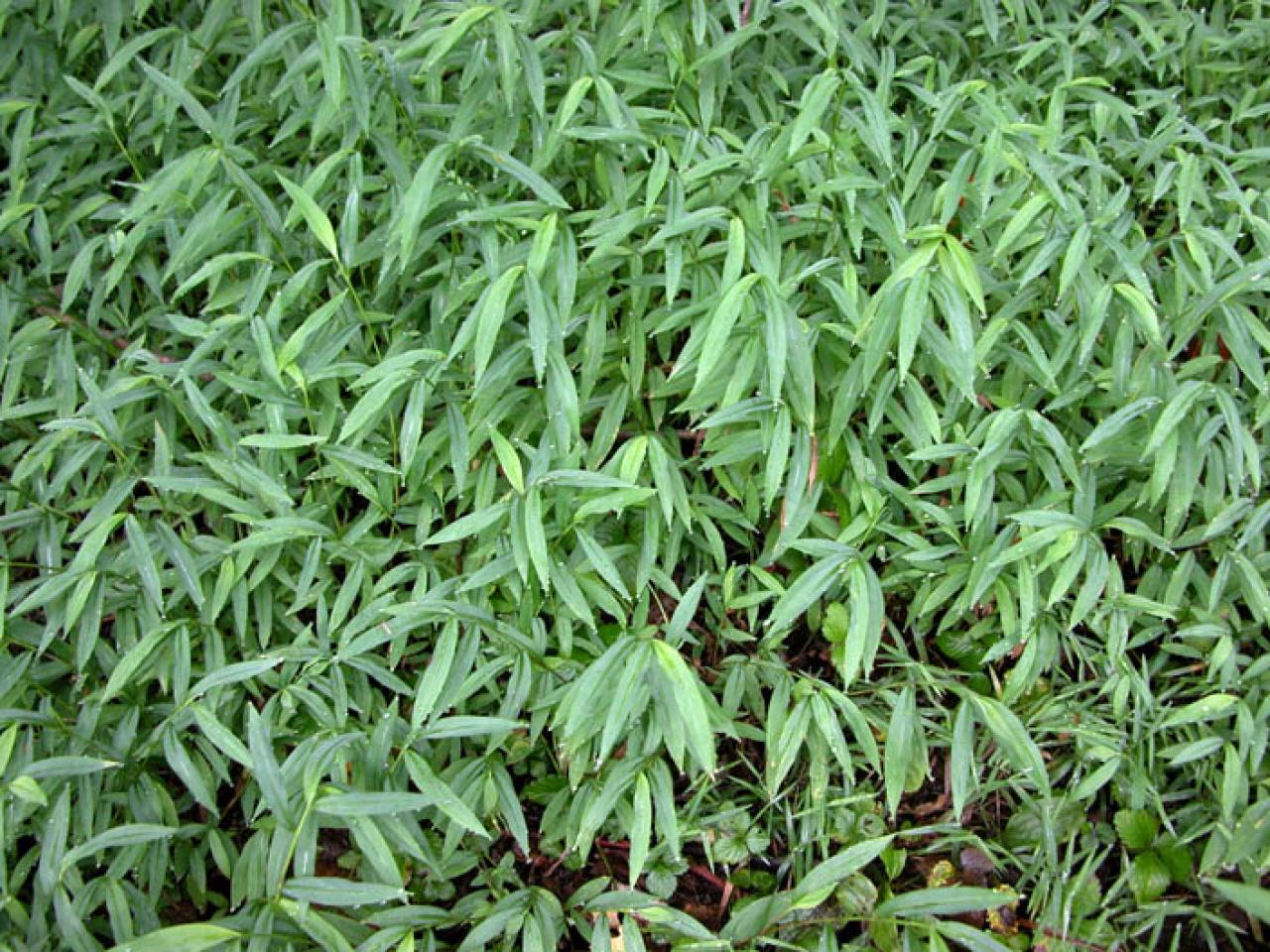

0 thoughts on “How To Kill Grass Stickers”